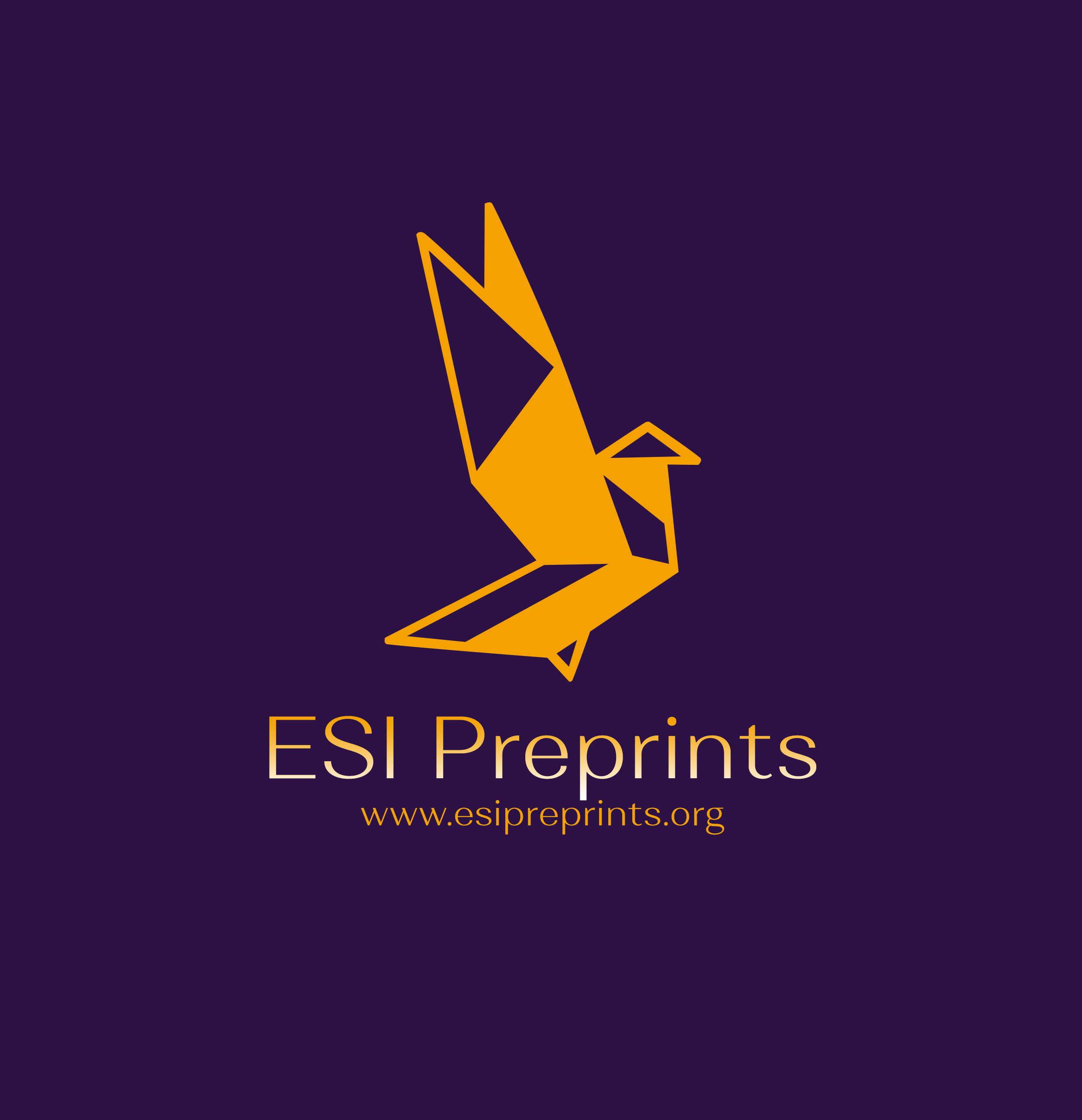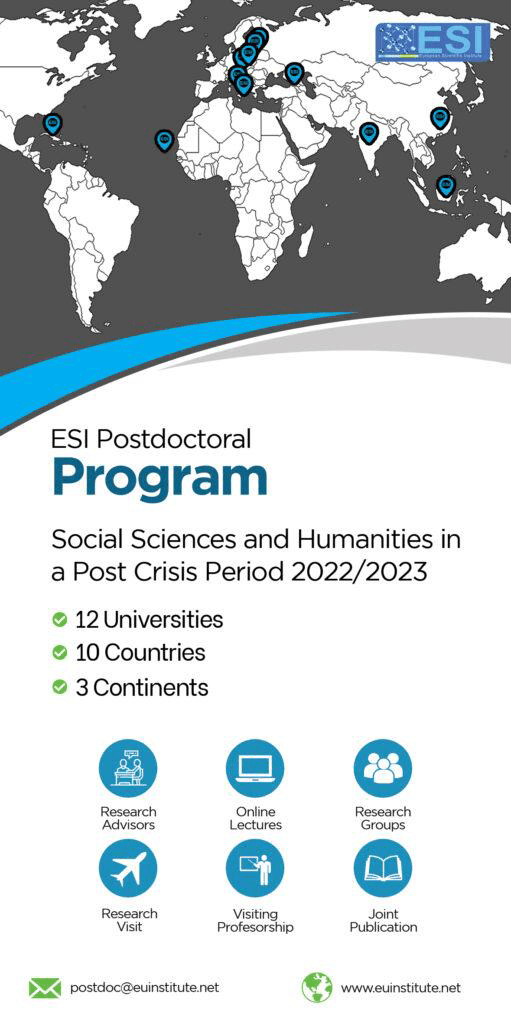Morphological characterization of amaranth (Amaranthus hybridus L.) accessions from urban and peri-urban market gardening in two locations of Côte d’Ivoire
Abstract
This work focuses on the morphological characterization of eighteen amaranth accessions (Amaranthus hybridus) collected in urban and peri-urban market gardening in Abidjan and Yamoussoukro in Côte d'Ivoire. The accessions have been regenerated and multiplied at the experimental and production station of the National Center for Agronomic Research in Anguédédou. The study was conducted using a Fisher block design with three replicates. Quantitative and qualitative variables were observed and measured for each of these accessions. The results showed a high variability for each of the nine (09) quantitative variables and for some of the fifteen (15) qualitative variables studied. The green morphotype showed the strongest performance in terms of leaf biomass (29 leaves per plant), stem strength (5.9 cm diameter), plant height (137 cm) and panicle length (48.7 cm). These data confirm morphological variability within the population of A. hybridus studied that could be used in a program for the improvement and sustainable cultivation of this foodstuff in Côte d'Ivoire.
Downloads
Metrics
References
2. Adjatin, A., Balogoun, D., Loko, L., Djengue, W., Bonou-gbo, Z, Honnankpon, Y., Dansi, A., Akoégninou, A., & Akpagana, K. (2017). Phenotypic diversity, uses and management of local varieties of Corchorus olitorius L. from central Benin. Journal of Biodiversity and Environmental Sciences, 11(1), 81-96. ISSN: 2220-6663 (Print) 2222-3045.
3. Akaneme, F. I. & Ani, G. O. (2013). Morphological assessment of genetic variability among accessions of Amaranthus hybridus. World Applied Sciences Journal, 28(4), 568-577.
4. Assogba Komlan, F., Sikirou, R., Yo, T., Adanguidi, J. & Mensah, A. C. G. (2016). La culture de l’Amarante (Fotêtê en fongbé) au Bénin. Fiche technique FAO. Dépôt légal N°8552 du 19/02/16. Bibliothèque Nationale, 1er trimestre. ISBN: 978-99919-2-126-6, 16p.
5. Dinssa, F. F., Hanson, P., Dubois, T., Tenkouano, A., Stoilova, T., Hughes, J. d'A. & Keatinge, J. D. H. (2016). AVRDC - The World Vegetable Center's women-oriented improvement and development strategy for traditional African vegetables in sub-Saharan Africa. European Journal of Horticultural Science, 81(2), 91-105. Doi:10.17660/eJHS.2016/81.2.3.
6. Fondio, L., N’zi, J. C., Mahyao, A., Agbo, E., Kouamé, C., Djidji, A. H. & N’gbesso, M. (2011). Bien cultiver l’amarante en Côte d’Ivoire. Direction des programmes de recherche et de l’appui au développement - Direction des innovations et des systèmes d’information CNRA, Côte d’Ivoire, E-mail: info.sqr@cnra.ci. 4p.
7. Fondio, L., N’zi, J. C., Agbo, A. E., Mahyao, A., Djidji, A. H., & N’gbesso, M. F. D. P. (2012). Good agricultural practices for the production of underutilized vegetables in Sub Saharan Africa: case of amaranth (Amaranthus spp.) in Côte d’Ivoire. International Society for Horticultural Science (ISHS). Proceedings of technical consultation workshop held in Arusha, Tanzania, 7-8 December 2009, Eds R. Nono-Wondim. Scripta Horticulturae, 15, 91-101.
8. Fondio, L., N’zi, J. C. & Kobenan, K. (2015). Comportement agronomique et sanitaire de nouvelles lignées de piment (Capsicum sp.) dans le Sud de la Côte d’Ivoire. Journal of Applied Biosciences, 92, 8594-8609. http://dx.doi.org/10.4314/jab.v92i1.4.
9. Grubben, G. J. H. (1975). La culture de l’amarante, légume-feuilles tropical avec référence spéciale au Sud-Dahomey. Mededelingen Land bouwhogeschool Wageningen. Wageningen, Netherlands. 233p.
10. Grubben, G. J. H. & van Sloten, D. H. (1981). Genetic resources of amaranths: a global plan of action, including a provisional key to some edible species of the family Amaranthaceae by Laurie B. Feine-Dudley. International Board for Plant Genetic Resources, Rome, Italy. 57 pp.
11. Iboune, M. & Assouman, D. A. (2023). Fiche technique pratiques des producteurs pour la culture de l’amarante. Chambre Régionale d’Agriculture (CRA) de Niamey, Niger, 4p.
12. Kabre, V. N. (2019). Diversité génétique de Hibiscus cannabinus cultivée dans sept provinces du Burkina Faso. Thèse de doctorat unique, Spécialité : Génétique et Amélioration des Plantes, Université Joseph Ki-Zerbo, Burkina Faso, 127p.
13. Kiebre, Z. (2016). Diversité génétique du Caya blanc (Cleome gynandra L.) du Burkina Faso, Thèse de doctorat, Université Ouaga, Burkina Faso, 126p.
14. Lanta, V., Havranek, P., & Ondrej, V. (2003). Morphometry analysis and seed germination of Amaranthus cruentus, A. retroflexus and their hybrid (A. x turicensis). Plant Soil and Environment, 49, 364-369.
15. Mburu, M. W., Gikonyo, N. K., Kenji, G. M., & Mwasaru, A. M. (2012). Nutritional and functional properties of a complementary food based on Kenyan amaranth grain (Amaranthus cruentus). African journal of food agriculture nutrition and development, 2(2), 1-19.
16. McLaren, D., & Frigg, M. (2002). Voir et vivre, guide pratique sur la vitamine A dans la santé et la maladie. Groupe de travail voir et vivre, seconde Edition. 39 p.
17. Missihoun, A. A., Agbangla, C., Adoukonou-Sagbadja, H., Ahanhanzo, C., & Vodouhè, R. (2012). Gestion traditionnelle et statut des ressources génétiques du sorgho (Sorghum bicolor L. Moench) au Nord-Ouest du Bénin. International Journal of Biological and Chemistry Sciences, 6(3), 1003-1018.
18. Nagarajan, K., & Prasad, M. N. (1980). Studies in genetic diversity in foxtail millet (Setaria italica B.). Madras Agricultural Journal, 67, 28-38.
19. National Research Council (1989). Lost Crops of the Incas. Washington, DC, USA: National Academy Press.
20. National Research Council (2006). Lost Crops of Africa. Volume II: Vegetables. The National Academies Press, Washington; ISBN: 0-309-66582-5; 378p. http://www.nap.edu/ catalog/11763.html.
21. Ouedraogo, J., Kiebre, M., Kabore, B., Sawadogo, B., Kiebre, Z., & Bationo, K.P. (2021). Identification and agronomic performance of species of the genus Amaranthus grown in Burkina Faso. International Journal of Applied Agricultural Sciences, 7(2), 102-109. https://doi.org/10.11648/j.ijaas.20210702.15
22. Palomino, G. & Rubi, R. (1991). Diferencias cromosomicas entre algunas especies y tipos del genero Amaranthus distribuidos en Mexico: Actas Primer Congreso internacional del Amaranto: 24p.
23. Pandey, R. M. & Singh, R. (2011). Genetic divergence in grain amaranth (Amaranthus hypochondriacus L.). Genetika, 43(1), 41-49.
24. Písaříková, B., Zralý, Z, Kráčmar, S., Trčková, M., & Herzig, I. (2005). Nutritional value of amaranth (genus Amaranthus L.) grain in diets for broiler chickens. Czech Journal of Animal Science, 50(12), 568-573.
25. Sarker, U., Islam, M. T., & Oba, S. (2014). Genotypic variability for nutrient, antioxidant, yield and yield contributing traits in vegetable amaranth. Journal of Food Agriculture and Environment, 12(3 & 4), 132-139. Https: // www.researchgate.net/ publication /267509472.
26. Soro, K., Séguéna, F., Amon, A. D. E., & Konan, B. B. (2018). Caractérisation de la flore dans les espaces de maraîchage : cas d’une parcelle de menthe en zone urbaine à Koumassi (Abidjan), Côte d’Ivoire. International Journal Biological of Chemical and Sciences, 12(6), 2547-2563. DOI: https://dx.doi.org/10.4314/ijbcs.v12i6.7.
27. Tiemtore, T.W.E. (2004). Impact de la cuisson hydrothermique sur les micronutriments des légumes feuilles. Thèse de Master ENSIA-SIARC, Montpellier. 62 p.
28. Wu, H., Sun, M., Yue, S., Sun, H., Cai, Y., Huang, R., Brenner, D., & Corke, H. (2000). Field evaluation of an Amaranthus genetic resource collection in China. Genetic Resources and Crop Evolution, 47(47), 43-53.
29. Xiao S, Liu G, Song Y, & Yang G (2000). Classification of vegetable Amaranthus variety resources. Journal of Hunan Agricultural University, 25, 274-2.
Copyright (c) 2025 Jean-Claude N’zi, Christophe Kouame, Kabre Vonogo Nikodeme, Fondio Lassina, Edith Agbo, Mahyao Adolphe

This work is licensed under a Creative Commons Attribution 4.0 International License.








